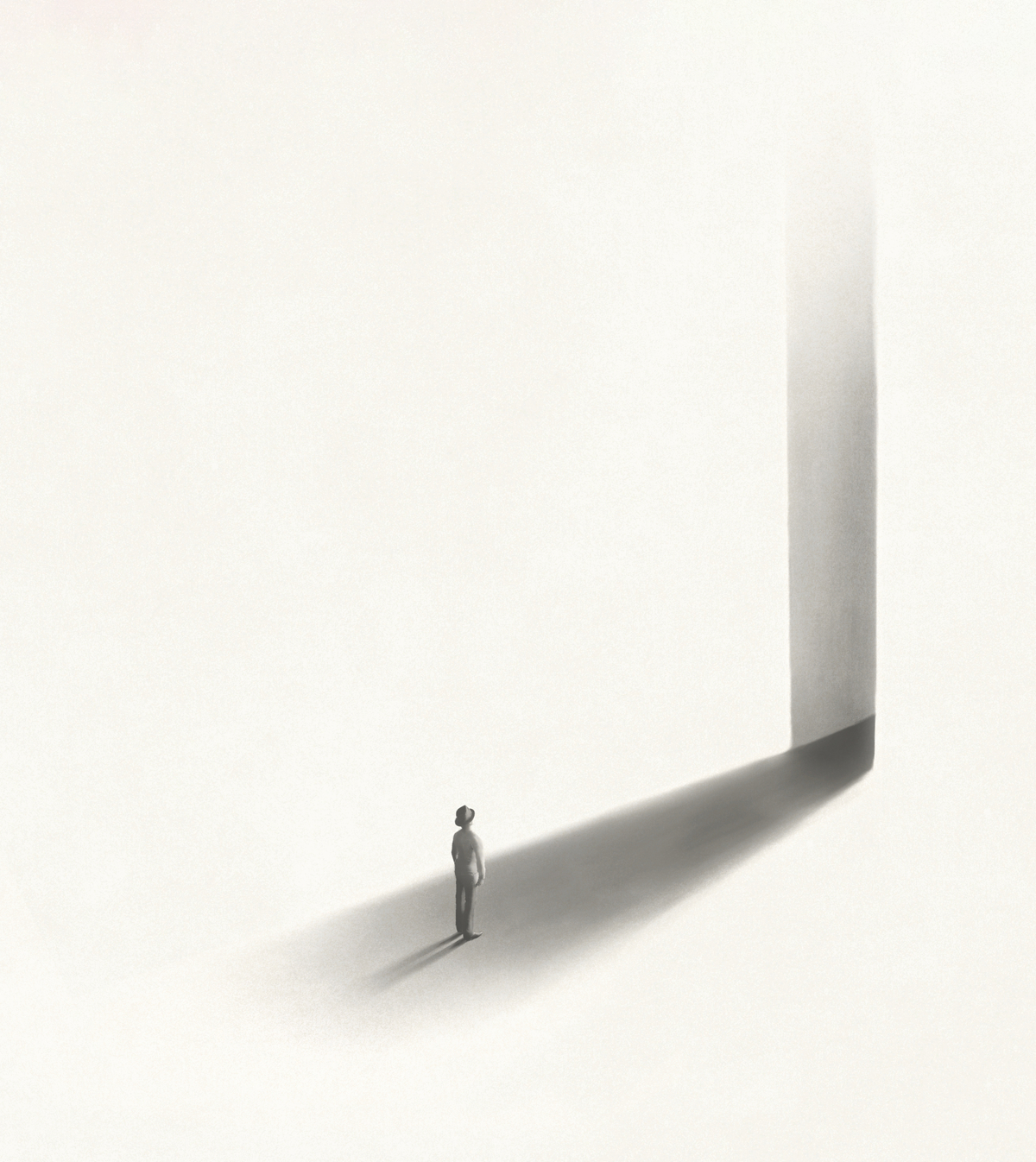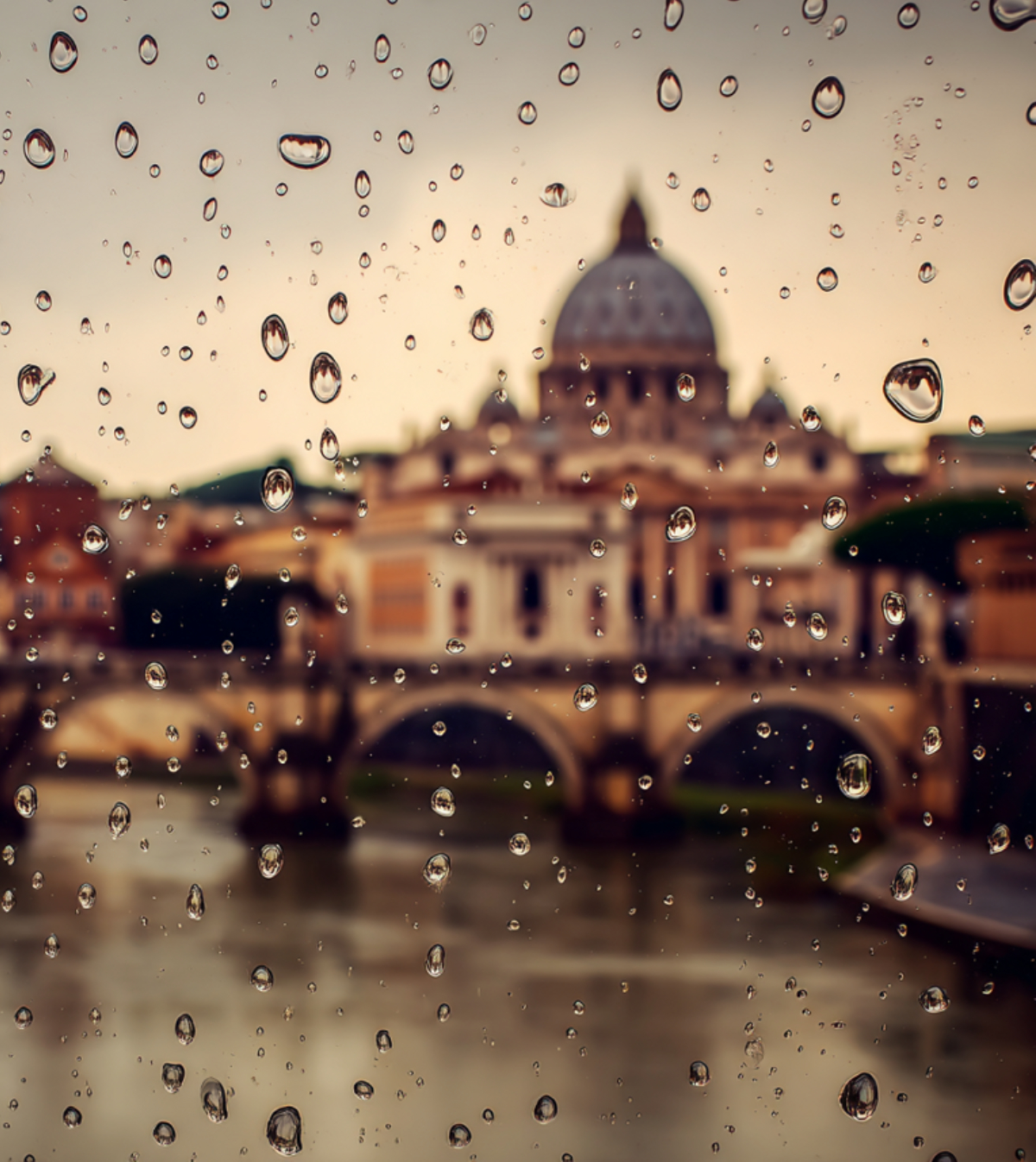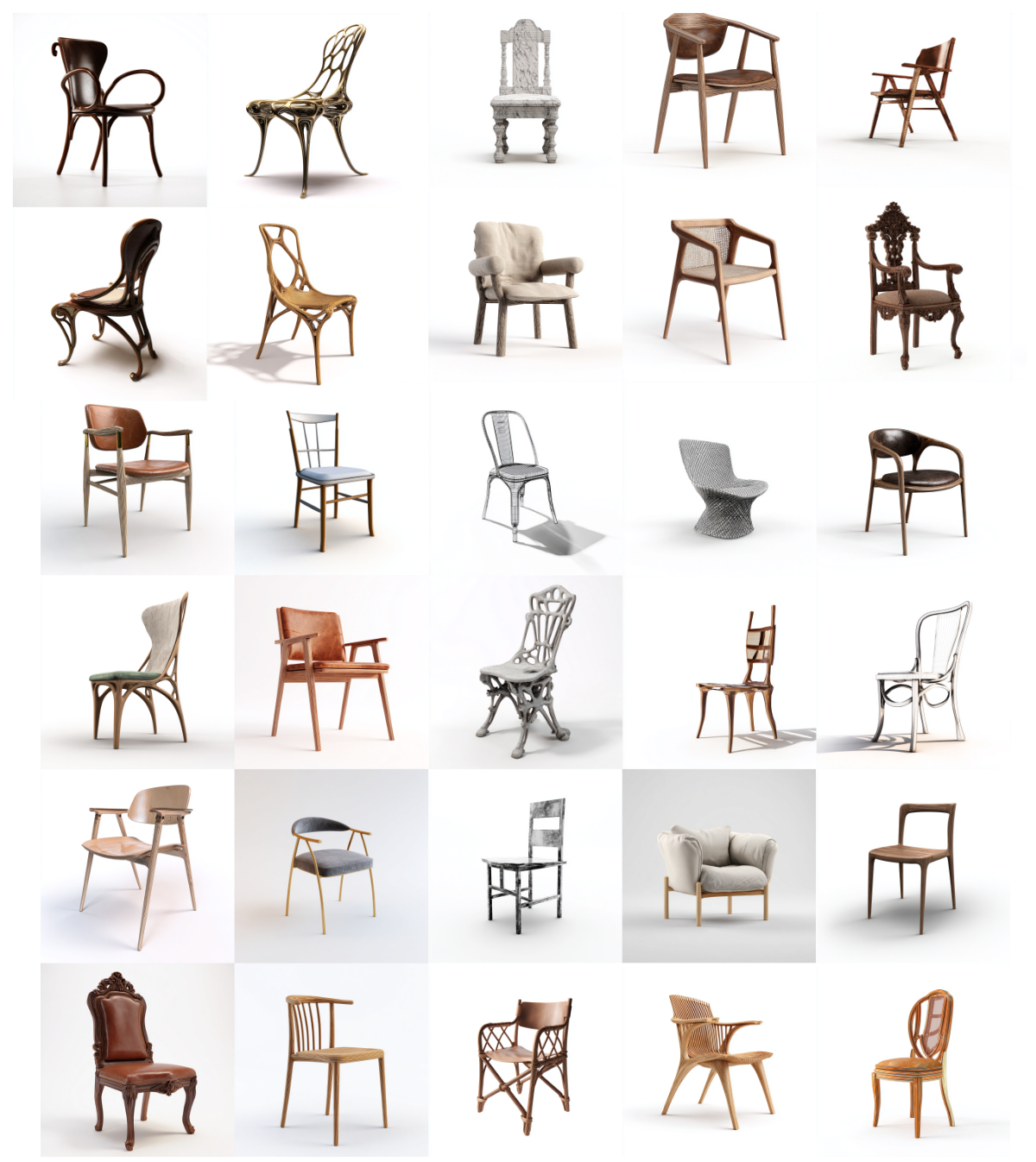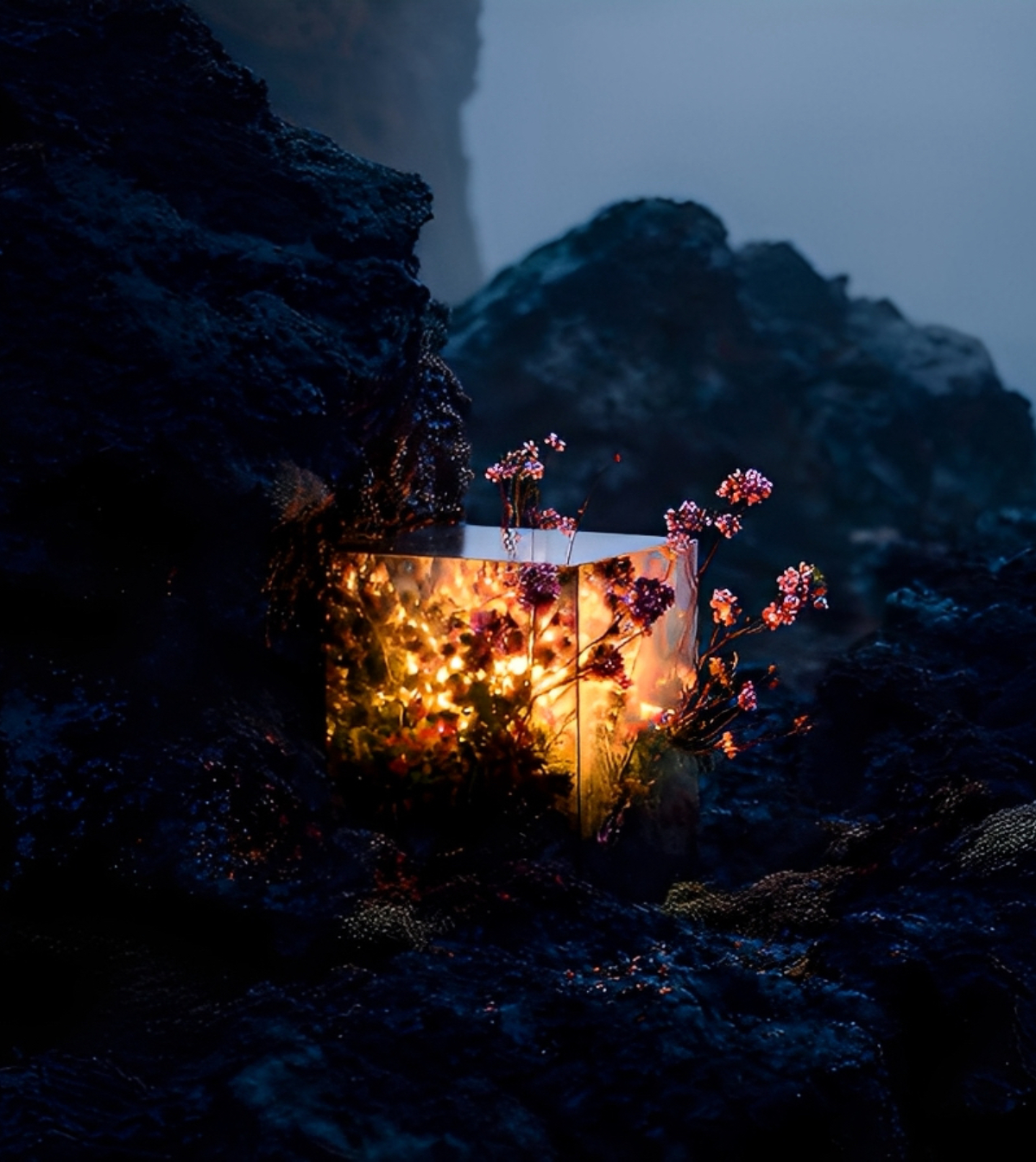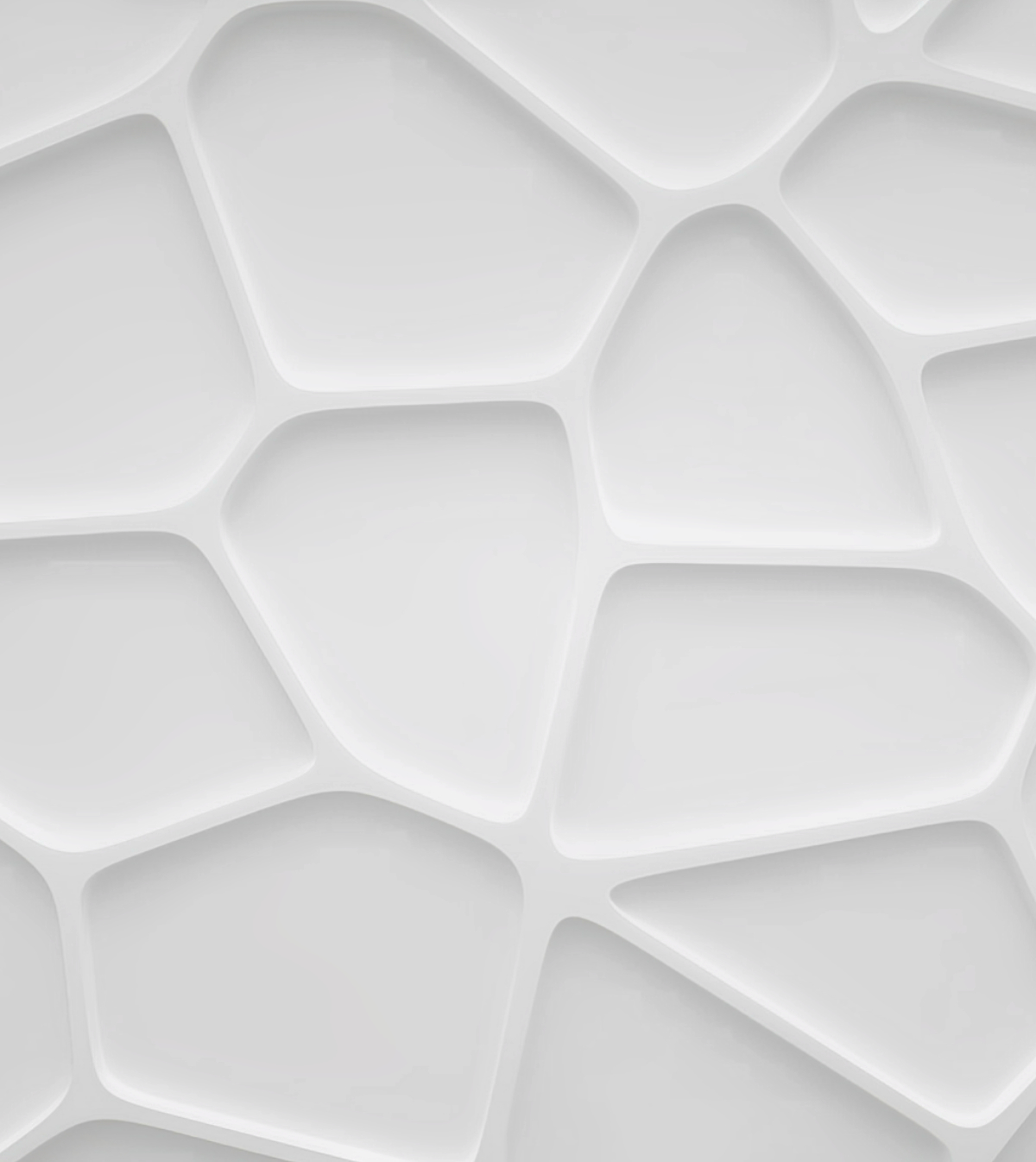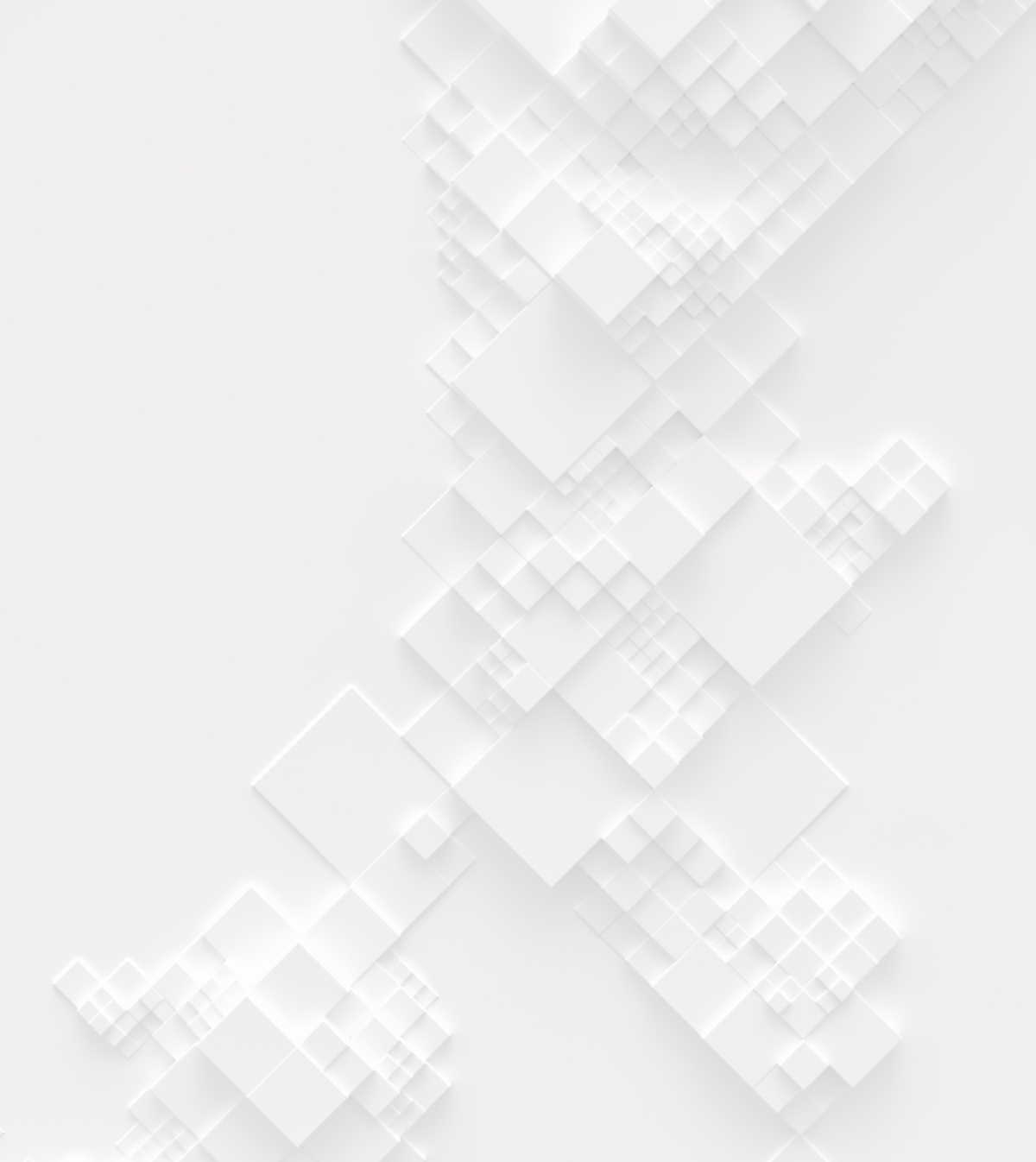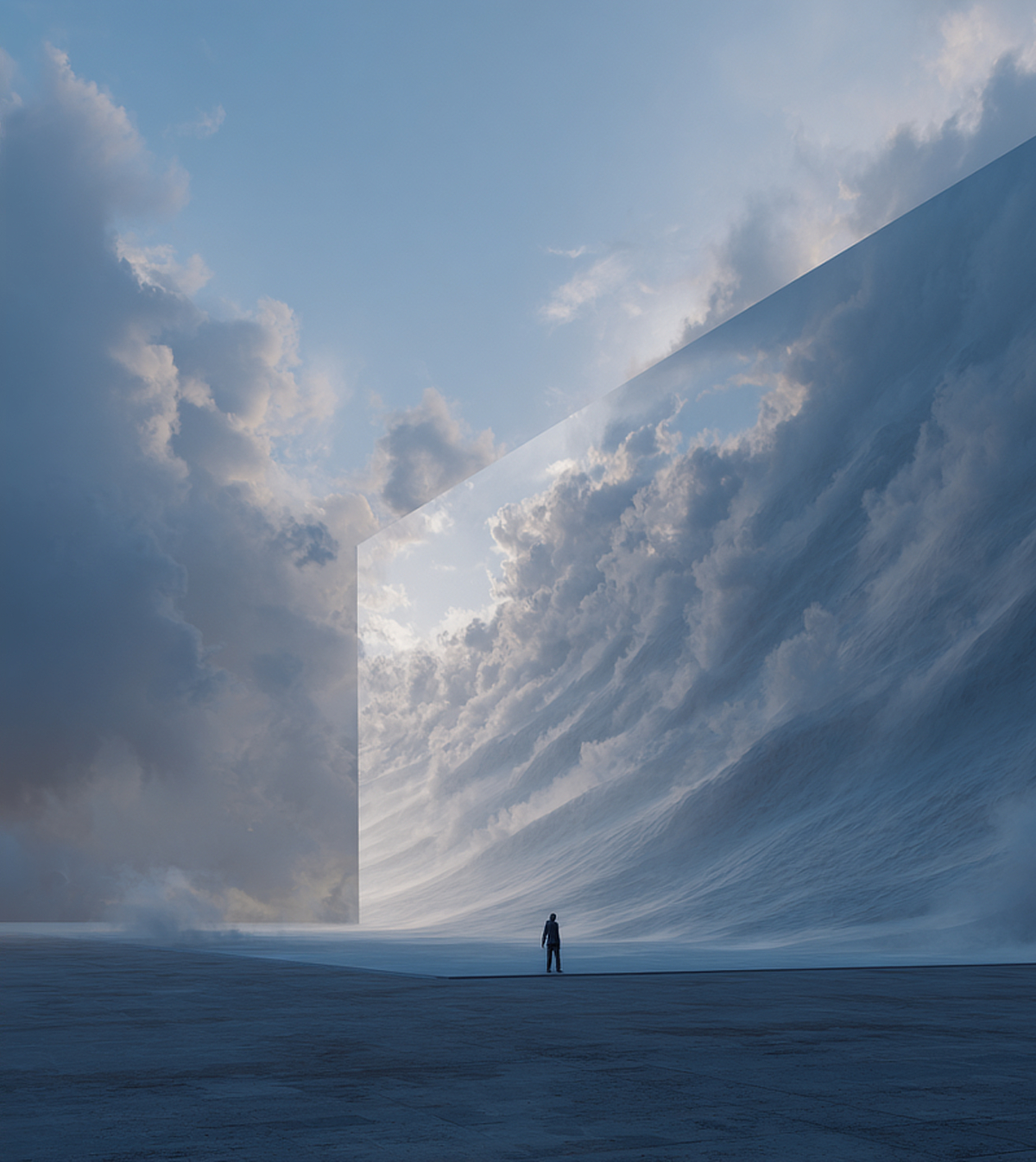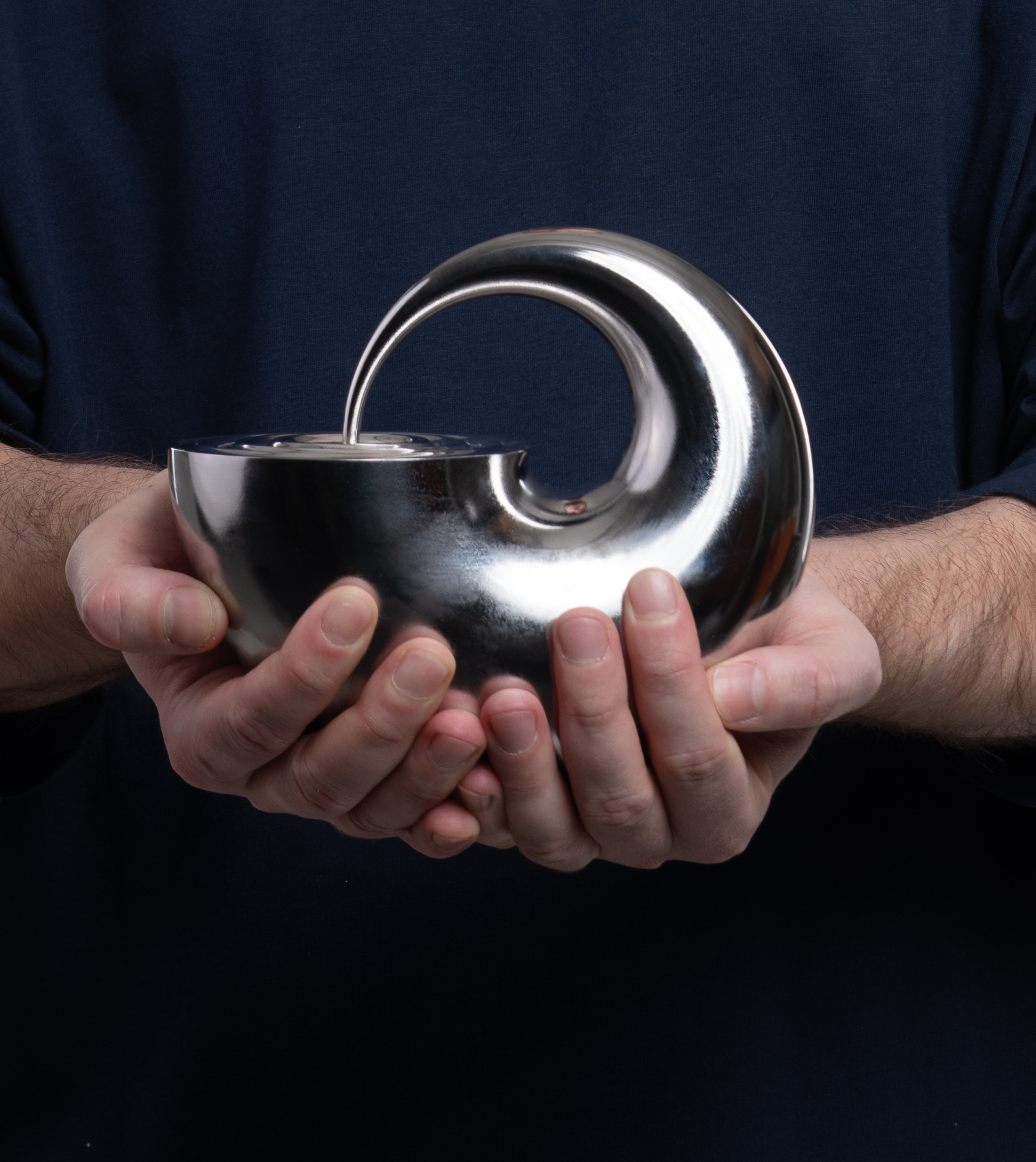We’d like to take the opportunity to introduce you to the Honorable mention winner of our "Iceland Ski Snow Cabin" competition – Aleksander Ostan, Nataša Pavlin, Daniel Ilijeski from Slovenia!

Aleksander Ostan, Nataša Pavlin
Please tell us about your company (when it was founded, where it is based, how many employees, etc) Alternatively, if you do not have a company, please give us some insights on your own professional/academia background.
Our company, Atelje Ostan Pavlin, was founded in 2007 and is situated in Ljubljana, Slovenia. We had been working in architecture (within different constellations and formal frames) prior to founding the company. We, Aleksander Ostan and Nataša Pavlin, architects and urban designers, are the owners and directors of the company. For years, Ostan has been involved in various forms of pedagogical work and, in the last decade, has been teaching at the Faculty of Architecture in Ljubljana. We are a relatively small company; currently, we have five (5) younger architect-collaborators.
We comprehensively explore living and architectural culture, sustainable development, and building in light of paradigmatic changes in space and time. We are active both at home and abroad, advocating a holistic, sustainable approach to urban planning, urban design, and architecture. Our work ranges from large to small scales, integrating culture and nature, theory and practice, tradition and innovation, the global and the local, renovations and new buildings. Ostan also runs workshops and excursions, lectures at symposia, writes, draws, juries, designs exhibitions, and photographs. He is also the author of numerous critical essays and articles in professional journals. Atelje Ostan Pavlin is the recipient of international and national professional awards.
Brief information about the projects that you/your company have been involved with. For instance, what scale have you focused on/preferred, any significant projects where the company/ individuals have been Involved?
For years we have been working in the studio with an integral, sustainable approach to architecture and urbanism, where all the tasks are unique in nature (we are not specialised in one theme, typology or scale, we don't like routine and repetition), and we are mainly oriented towards themes that are related to a specific natural or urban context, often in protected areas. In many of our projects, we work with smaller local communities and also with smaller scale designs, where it is still possible to maintain a human contact with both clients and contractors. We work extensively with public clients, but also with selected private clients. We also organise participatory workshops or participate as invited mentors.
We advocate architecture that is closely connected to its context (natural, cultural, social, etc.) and responds to it as sensitively as possible, involving the inhabitants in the process of co-determination. Methodologically, our projects are first concerned with multi-layered reading of the context before responding to it and trying to create architectural designs that are as harmonious as possible, also incorporating regional principles, proportions, materials (mostly indigenous and natural). Our work is difficult to categorise, probably closest to the definitions of "critical regionalism", often also of sustainable, ecological, organic architecture.
Let's name some typical themes we are recently dealing with. At one end of the spectrum (major designs): sustainable neighbourhoods or districts, cultural and natural heritage interpretation facilities, adaptive reuse of sensitive buildings, design of public open spaces in settlements, green and blue infrastructure, etc. At the other (smaller designs): experimental buildings, individual private houses, exhibition designs in galleries or museums, etc.
We have received several national and international awards for our work, including the winners of special categories (once jury, once readers) of the global online platform Architizer (https://architizer.com/firms/atelje-ostan-pavlin/) in the last two years.
What does architecture mean to you and what is the role of an architect in your society?
Architecture is very complex, multi-layered, humanistic and creative discipline, that, if you practice it with your whole being in a passionate, responsible, artistic way, soon becomes a way of living. In a very critical moment of our civilization, architecture as interdisciplinary, creative blend of theory and practice, which can and should help solving variety of challenges, we as humanity are facing an integral manner: delivering qualitative living shelters for the growing population of the planet, responsibly responding to climate changes and ecological problems, renewing existing building stock of our cities and villages, helping with reconstructions after wars and catastrophes etc. Last but not least, always offer the »added values« of beauty, meaning and truth, that today's tired, spoiled or resigned societies and individuals need and yearn for so much.
Thus the architecture we are living and practising in, our atelier tries to ponder into meaning and philosophical foundations of archi-culture on one hand, but also challenges the problems of climate change, social (in)justice, energy consumption on the other. We don't look for superficial »cosmetic beauty«, but try to understand the deeper aesthetic values (old Greek aesthesis as experience) of the world around us, connecting spiritual and body realm of architecture within one coherent whole. We believe good, holistic architecture helps to heal the wounds of our civilisation. We still use hand drawings (thinking/feeling hand) as initial means of translating fine seismology vibrations of the creative process through intuition towards the final design (and then elaborate them with digital means).
Why do you participate in architecture competitions?
Competitions are a very stimulating and complementary method and tool for working on everyday projects in the office. They help you stay engaged with research and encourage "out of the box" thinking and creating. Through sensible and sensitive experiments, you can temporarily escape your everyday space/time realities, routines, local legislation and politics, and sometimes narrow investor logic. In the case of this project (Iceland ski snow cabin), we also traveled in our imagination to the dramatic, archetypal, and beautiful landscapes of this remote island, which we have already visited and with whose nature and culture we have developed a very passionate, intimate relationship.
What advice would you give to individuals who struggle to decide whether it would be beneficial for them to participate in architecture competitions?
We believe that especially for the young architects, it is very important to keep being professionally and personally open, permanently cultivate creative minds and hearts and to stay sensible, humorous and communicative. These are all tasks that are not easy to achieve within everyday practice, especially if you are working in somebody else's office where you can’t influence the firm's policy. In this reality (more and more globally so all over the world) competitions offer an open field, polygon to architecturally investigate, brainstorm, create, and communicate with the world. Finally, the time and energies spent and the finances involved in a competition project will return in a transformed way of staying creative, curious, young, but also responsible towards diverse cultures of the world (especially within international competitions).
Top 3 Reasons Why You Should Enter Architecture Competitions
Curious about the value of architecture competitions? Discover the transformative power they can have on your career - from igniting creativity and turning designs into reality, to gaining international recognition.
Learn more

